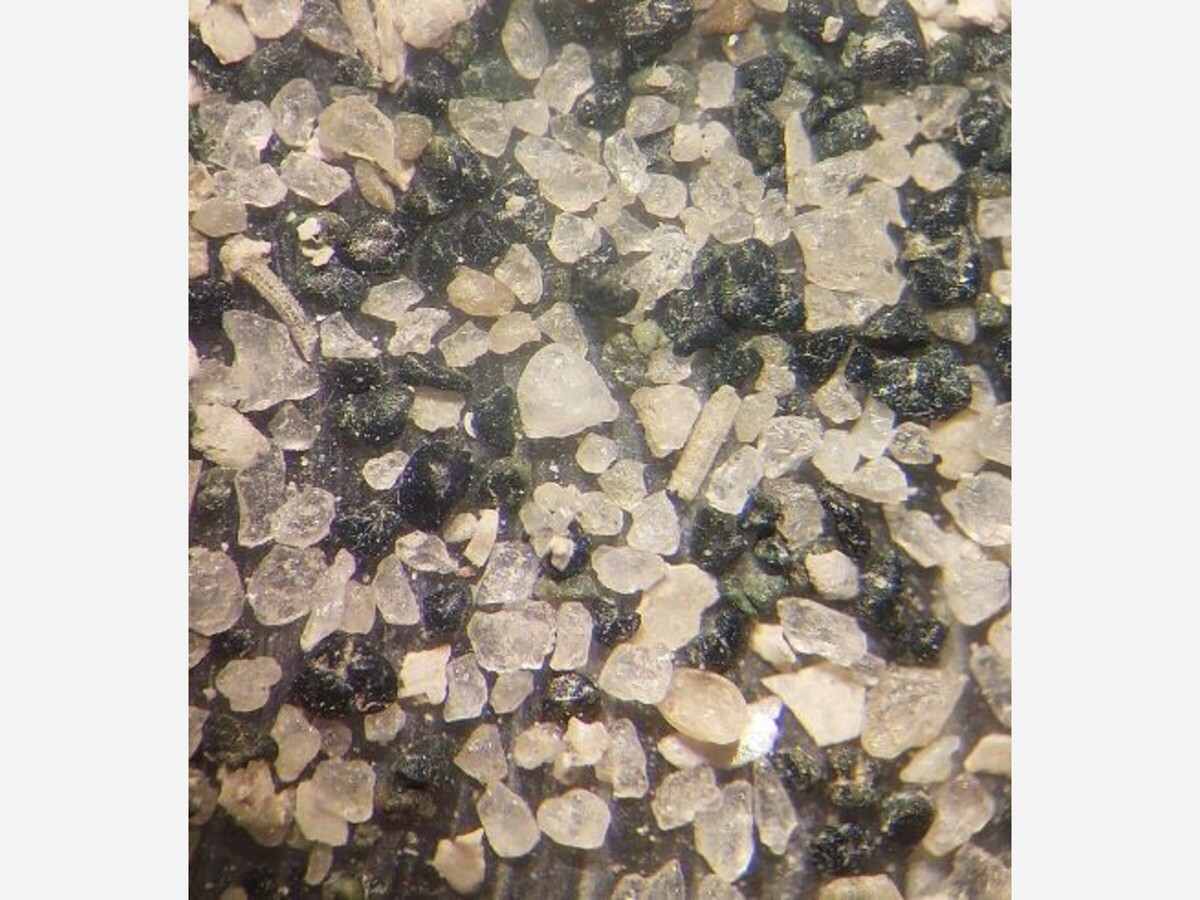Image


Above, a sample of glauconite.
The latest headwinds for offshore wind generation off of the Massachusetts coast may be coming from deep below the waves, on the seabed, to be exact. According to a recent investigative report by Anastasia Lennon at the independent publication, New Bedford Light, the culprit is a mineral called glauconite. And that’s big news in New Bedford, where supporting the ocean energy boom has become an important part of the local economy.
According to Wikipedia, glauconite is a mineral that forms exclusively in marine settings. and is associated with continental shelf marine depositional environments. It is often greenish in color and has historically been used as a pigment material.
From the perspective of the builders of the giant structures that support wind turbines, its main characteristic is that when it is compressed it becomes, in effect, harder. So, the standard practice of driving pilings into the seabed works poorly if at all when glauconite is present, a characteristic engineers call pile refusal. According to documents Lennon obtained through a Freedom of Information Act request, some 50 of 130 sites planned for turbines by Avangrid off the South Coast of New England appear to have quantities of glauconite that may make building uneconomic.
Lennon was not successful in getting a detailed response from the company, though they did acknowledge that glauconite presents challenges for them. According to a posting on the Rutgers-Brunswick Department of Arts and Sciences, “Specifically, glauconite grains tend to easily shatter into gummy, thick, sticky muds when disturbed by drilling or installing foundations due to its crushability.” To address these challenges, a team of Rutgers scientists along with colleagues from University of Massachusetts and Haley & Aldrich Geotechnical Consulting, were contracted by a Joint Industry Partnership led by the Norwegian Geotechnical Institute through support from with two major offshore energy developers to find sites where detailed study of the material can be conducted. That work remains ongoing.
In the meantime, Avangrid expressed optimism to Lennon, though she noted that documents she obtained indicate surveys showed layers of glauconite in the area targeted for the New England Wind 2 project that range 5 to 20 meters thick.